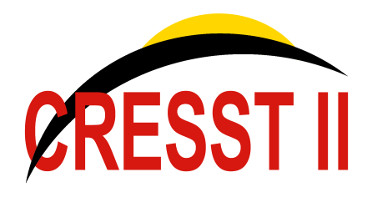High-Energy Astrophysics
The Department maintains a powerful program of research in theoretical and observational high-energy astrophysics and benefits tremendously from multiple collaborative ties with the Astrophysics Division at the NASA Goddard Space Flight Center (GSFC).
High-Energy Theory
Profs. Chris Reynolds, Cole Miller, and their groups are studying the physics of accretion onto both neutron stars and black holes via both analytic/semi-analytic theory and large-scale (MHD) simulation of the turbulent accretion flow. Issues being addressed include the basic nature/properties of the turbulent flow, global and local oscillation modes in the flow (and their relevance to quasi-periodic oscillations) and interactions of the accretion disk with the central rotating star/hole. Profs. Reynolds and Miller are also collaborating with Dr. Joan Centrella (GSFC) to model the behavior of matter close to merging black holes, including the full space-time dynamics. This project will lead us to understand the situations in which we might expect electromagnetic counterparts from merging supermassive black holes detected with gravitational radiation by LISA.
Complementary to this is work on the astrophysical sources of gravitational waves. In particular, Doug Hamilton, Cole Miller, Derek Richardson, and their students have been examining the formation of black hole binaries by modeling the dynamics of the centers of globular clusters and galactic bulges.
Prof. Massimo Ricotti and his group study the effect of UV and X-ray radiation on the thermal and ionization history of the intergalactic medium and its feedback on the formation of the first galaxies. The work is based on cosmological simulations and analytical modeling of possible high-redshift sources of radiation including primordial black holes, mini quasars, intermediate-mass black holes, and Population III stars.
High-Energy Observations
Prof. Richard Mushotzky is a renowned expert in black holes, clusters of galaxies, and active galactic nuclei. He and his group are active in many areas of X-ray astronomy; one example is studying the properties of the Swift/BAT sample of AGN (which is the first large sample unbiased to all but Compton-thick absorption).
Our faculty, postdocs and students make use of every major X-ray observatory currently operating, including Chandra, XMM-Newton, Rossi X-ray Timing Explorer (RXTE), Swift, Suzaku, and Fermi. Cole Miller and his group have used RXTE to investigate burst oscillations from neutron stars in order to gain constraints on the neutron star mass and radius. Chris Reynolds and his students have used the X-ray spectra of black hole systems to probe the strong gravity region close to the black hole and constrain black hole spin. Sylvain Veilleux and his group have examined the X-ray properties of QSOs and ULIRGs in order to understand the evolutionary connection between these classes.
Adjunct Faculty Activities
Three of the senior high-energy astrophysicists at GSFC are Adjunct Professors in the department. Joan Centrella heads the Gravitational Astrophysics Laboratory and studies black hole mergers and gravitational waves. Neil Gehrels is the project scientist for Swift. Nicholas White is Director of the Science and Exploration Directorate at GSFC.





